That’s a Wrap: Closing the Postcard Press Travel Project
- Caroline Clarke

- Jun 20
- 5 min read

Liverpool, Wales, Northumbria, and the Lake District.
A postcard printing press I hardly used.
A planned sketchbook that stalled; an unplanned one that didn’t.
Long conversations with Neil. Walking the coastal path, in cafés and castles.
The postcard travel project has formally come to a close.
Two sketchbooks, nine postcards, eighty-six journal entries, five blog posts — and a tripful of impressions, still settling.
I promised myself I’d figure out what I figured out. And not just about postcards. So, here goes. In a nutshell.
Traveling as an Artist — What Worked
Following the grotesques.
The serendipity of wandering: A string quartet at the community church, the Metamorphosis Case, Bodnant Gardens, Lovejoy’s Antiques in Conway, the birds that own a place.
Catching Neil’s stories, place-bound. (ChatGPT helping me make sense of the rambling transcripts.)
The rhythm of our days: Morning ideas and afternoon tea breaks.
Journaling: Initial impressions, photos of the day, and digging. Wrapping up each day as best I could, freed the next day.
Sketchbooks: Drawing with the Liver Club, with the kids at the dining room table, and what called to me from the day. And, at home in the studio, the process sketchbook — finally filling pages with thumbnails, media trials, and playing. All in one place delighted me.
Art with kids: Free drawing with Lucy. Printing postcards of feathers with Liv and Wren.
Traveling as an Artist — What Didn’t Work
Heavy art kit, with unnecessary tools. I was proud at how my art supplies all fit in my suitcase — the single flat box (with postcards, paints, palette paper, pan pastels, colored pencils, pencil sharpeners and erasers) and with the postcard press disassembled and packed amidst my socks. It’s no big deal. I’m an artist with a plan. That quickly turned to embarrassment. I put on a good face — but, honestly, what kind of traveler am I that I didn’t see this one coming?
Making (and sending) postcards in real time. Two birds and a feather were the only postcards I made on the road. The rest (six) when I returned. Enough said.
Could I have just let most of this go? Take the transcriptions, for example: I was trying to “keep up” with Whisper memos — capturing stories and extracting the gems. Wrestling with ChatGPT could be mind-numbing: fast but uneven, not reliable for meaning. No real shortcuts. Transcribing and reflecting didn’t dominate our evenings, but I sometimes held myself captive — unable to call it a night until I’d done just a bit more. I’ve reread those notes. They’re meaningful. But with a few exceptions, they’re just for me. A little less processing might have been just fine, leaving more time for what was working, like drawing in my sketchbook.
So What’s Next for Traveling as an Artist?
Yes to more traveling — with adjustments
Since returning from the UK in May, I’ve been moving between Honolulu, DC, and Bainbridge Island. Tuning into the juice of each place and letting the emotional beats guide me — with less planning of the art part. Circumstances vary. In Honolulu, we had crammed 5 days of family celebration. In DC, I was gloriously solo, with all my supplies spread out in the apartment. In every case, I’m learning to trust I’ll find the rhythm. Being present and interested is enough.
Here’s what else has changed:
Traveling Art Kit (Revised)
No pressure to finish pieces on the road. Instead, I bring just enough to explore mood, texture, and direction — ideas for later development back in the studio. My revised kit: sketchbook, pan pastels, colored pencils, ink, brushes, and a brayer. One new addition: masking tape, to hang up loose drawings on Airbnb or guest room walls, just like in the studio. Seeing the work mid-process, together, is a powerful tool in itself.
Sketchbook while traveling
Open it often. Fifteen-minute sprints with my favorite pencil during the day; longer sessions in the mornings or evenings. I draw what’s calling me most. This approach cuts to the chase. It’s freeing and grounded.
The Product/Output
What is the "output” when I travel? If it’s a postcard, let it be a spontaneous visual snapshot. Fun to make and fun to send. If it’s a page from this traveler's sketchbook journal, let it be loose and genuine. Something I’ll want to return to.
Traveling as an artist, for me, isn’t about producing anything polished. It’s about letting the traveling leave an impression. Letting resonance guide what finds its way into my sketchbook — and into the subjects and stories I’ll explore in future projects.
——————-
Afterword — Tiny Experiments
Since closing this project, I’ve begun two small, deliberate tests — shaped by what this trip taught me about how I work, what matters, and what sustains momentum. They follow the spirit of Anne-Laure Le Cunff’s Tiny Experiments: How to Live Freely in a Goal-Obsessed World.
The book centers on learning through small, purposeful actions — and letting what’s discovered guide the next step.
So, I’ve designed two tiny experiments for June and July, curious to see whether they might help focus my artistic growth. Shaping what’s next by doing, not overthinking. Without high stakes or fixed outcomes.
Keeping an Illustrated Sketchbook Journal — 30 Days
I’ve added drawing to my journaling practice. I’m on Day 22 — even while traveling. The structure is simple: draw first, when mining the day for meaning. Danny Gregory is my guide for this one.
My hypothesis is that visual journaling — starting with drawing — will do for my art what written journaling has done for my thinking: help me surface what matters. But with a key difference — this is visceral, fast, and rooted in imperfection. These are short, 20–25 minute entries. Not finished pieces, just markers of the day and moments of discovery. It’s for me.
I’ll wait until the 30 days are up before reflecting on what it’s shown me.
2. Whiteboard Thinking — 21 Days
My whiteboard often acts as a giant mind map—it helps me spot themes, test directions, and track versions.
I use it to hold works-in-progress, not work I think might be finished. Once a picture feels close to done, I take it off the wall and put it into a drawer where I can’t see it. That pause helps me return later with fresh eyes and to make clearer decisions.
I missed this whiteboard while traveling. So this summer, I’m turning to it with fresh intent. I’ll treat it as a tiny experiment: for 21 days, I’ll photograph the board a couple of times a week and jot down what it’s telling me — connections, questions, next steps.
I’ll look for visual patterns and relationships, composition missteps, emotional cues in materials and marks — what’s happening right there and what wants to happen next.
My hypothesis? That keeping the work visible and checking in regularly will help me second-guess less, respond more naturally, and stay in the flow of the art-making.
And what comes after these experiments? The crow’s pull is back. I may return to the 100 Crow Project—pairing images with brief reflections, and seeing where it leads this time.


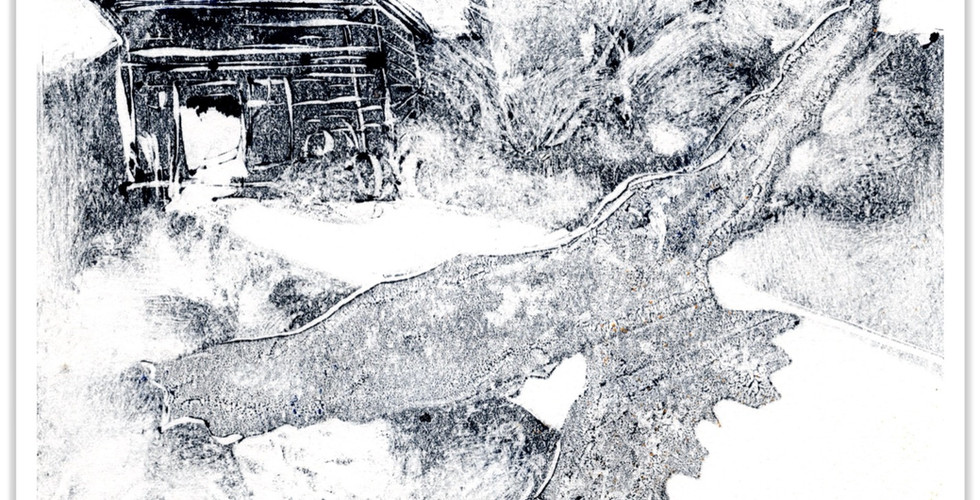






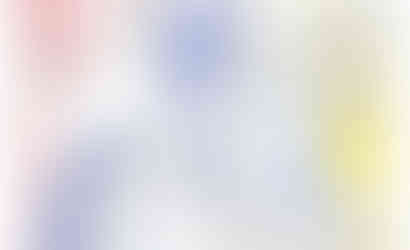

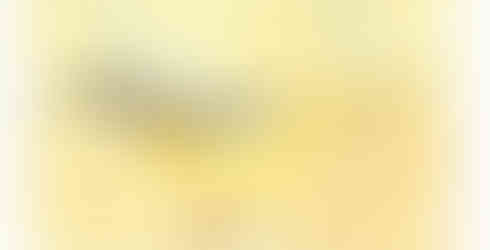
















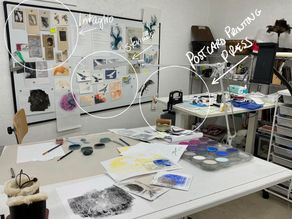



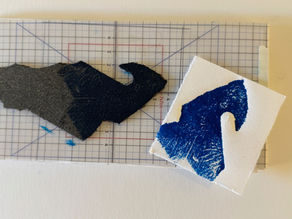









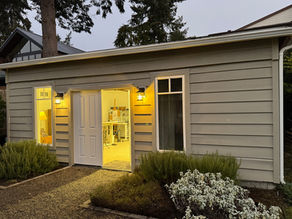
Comments